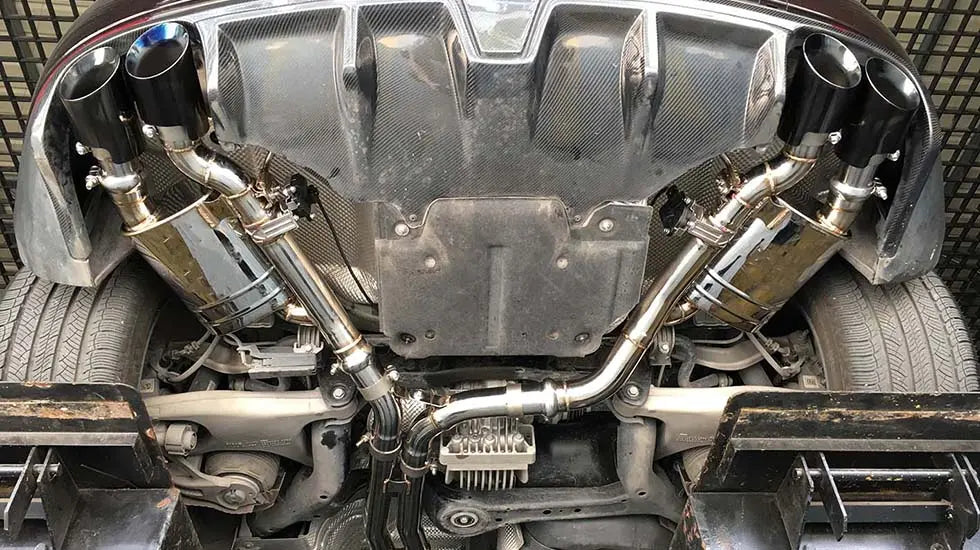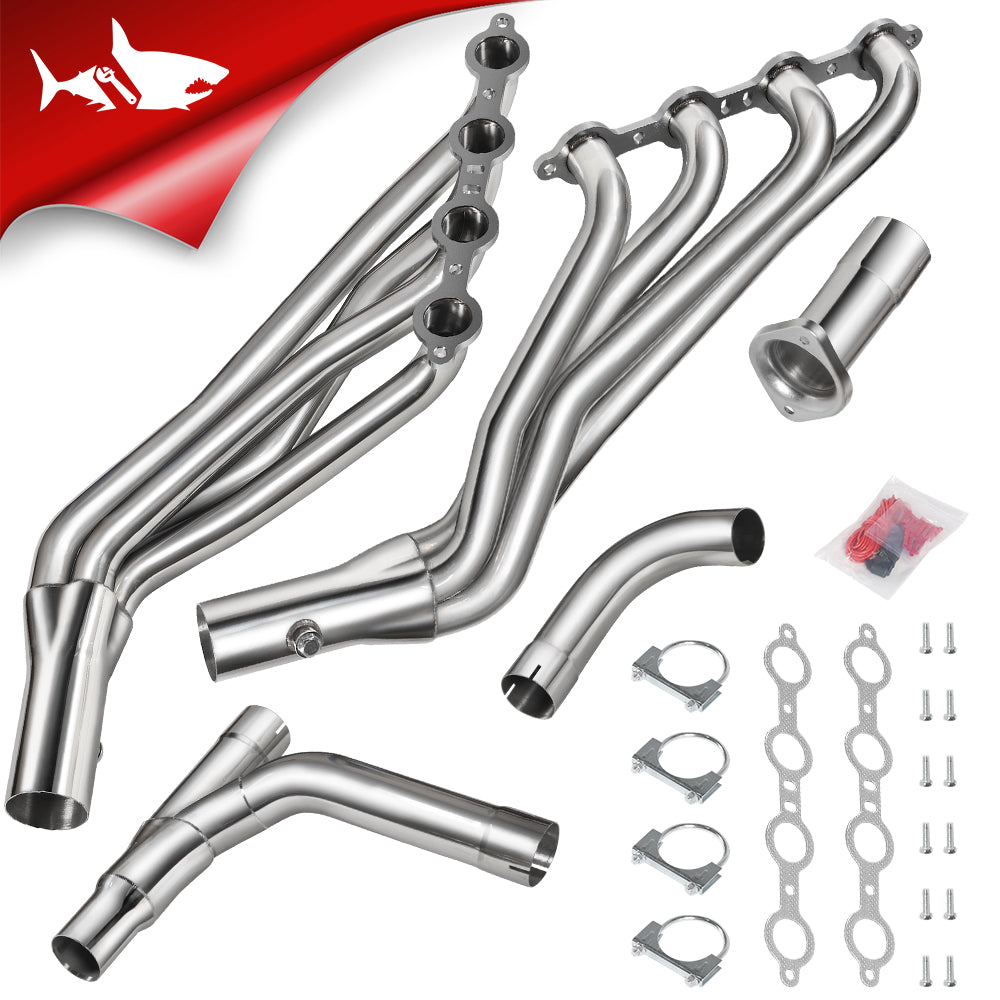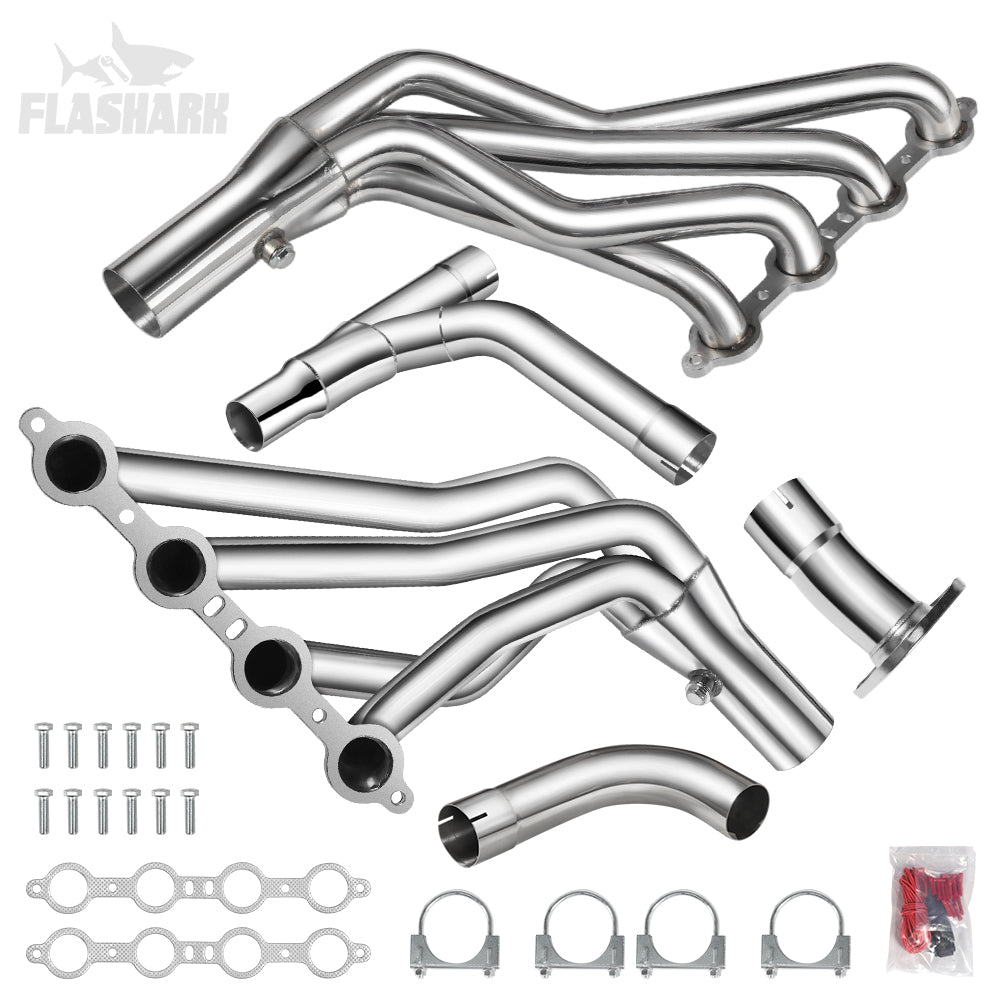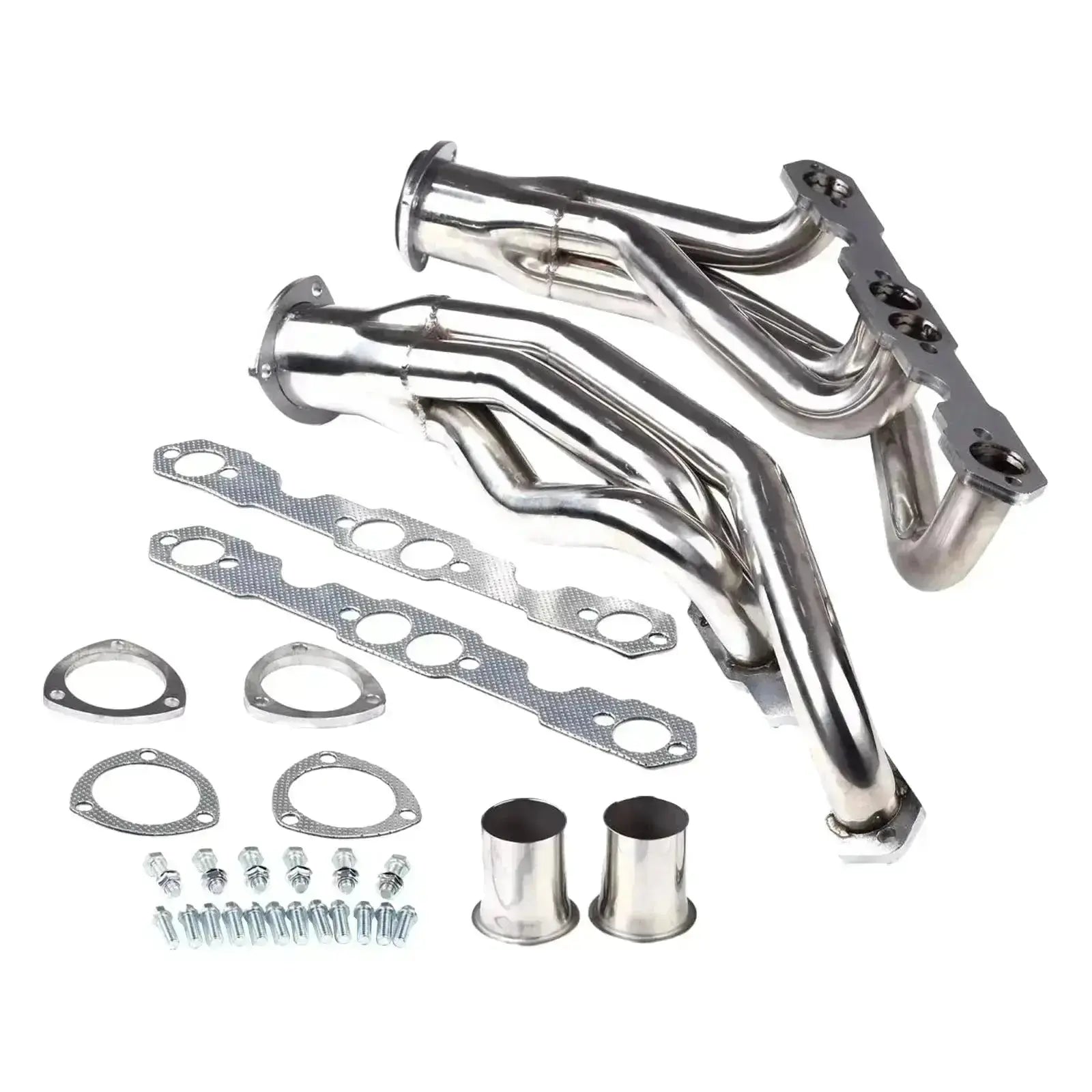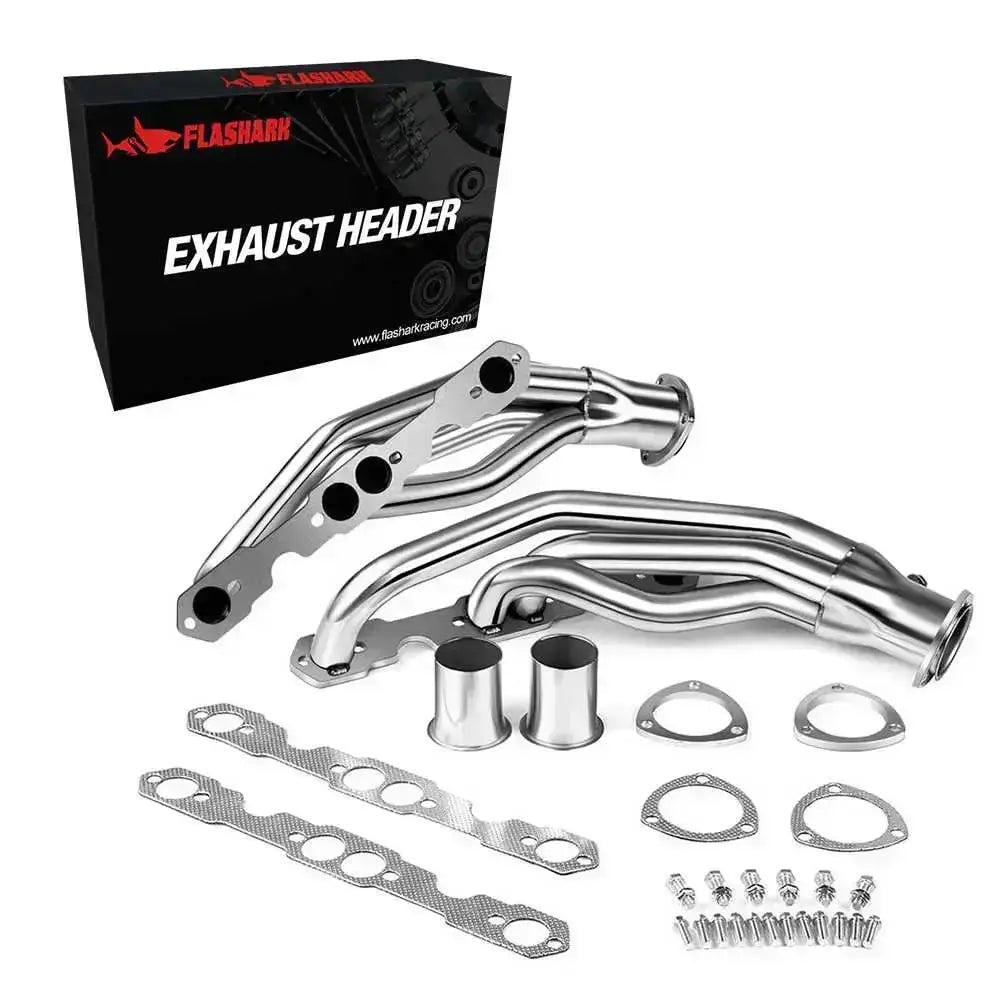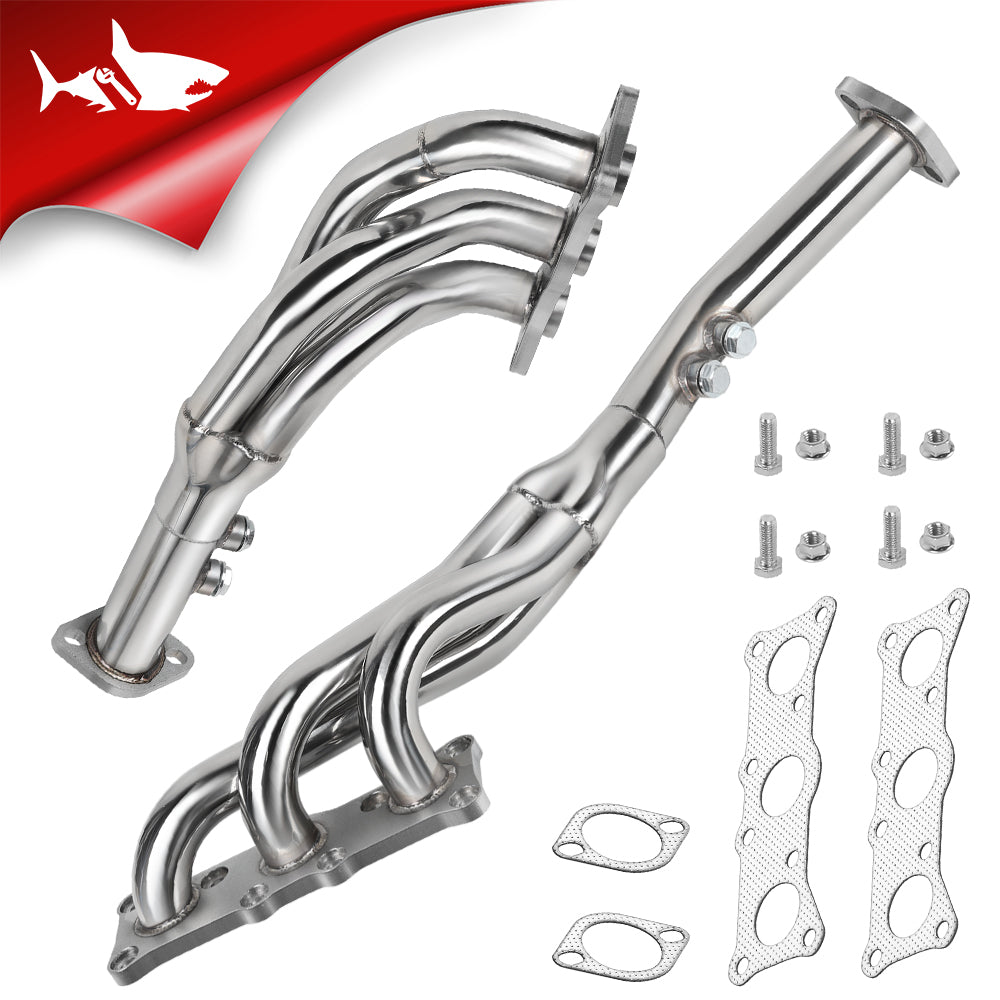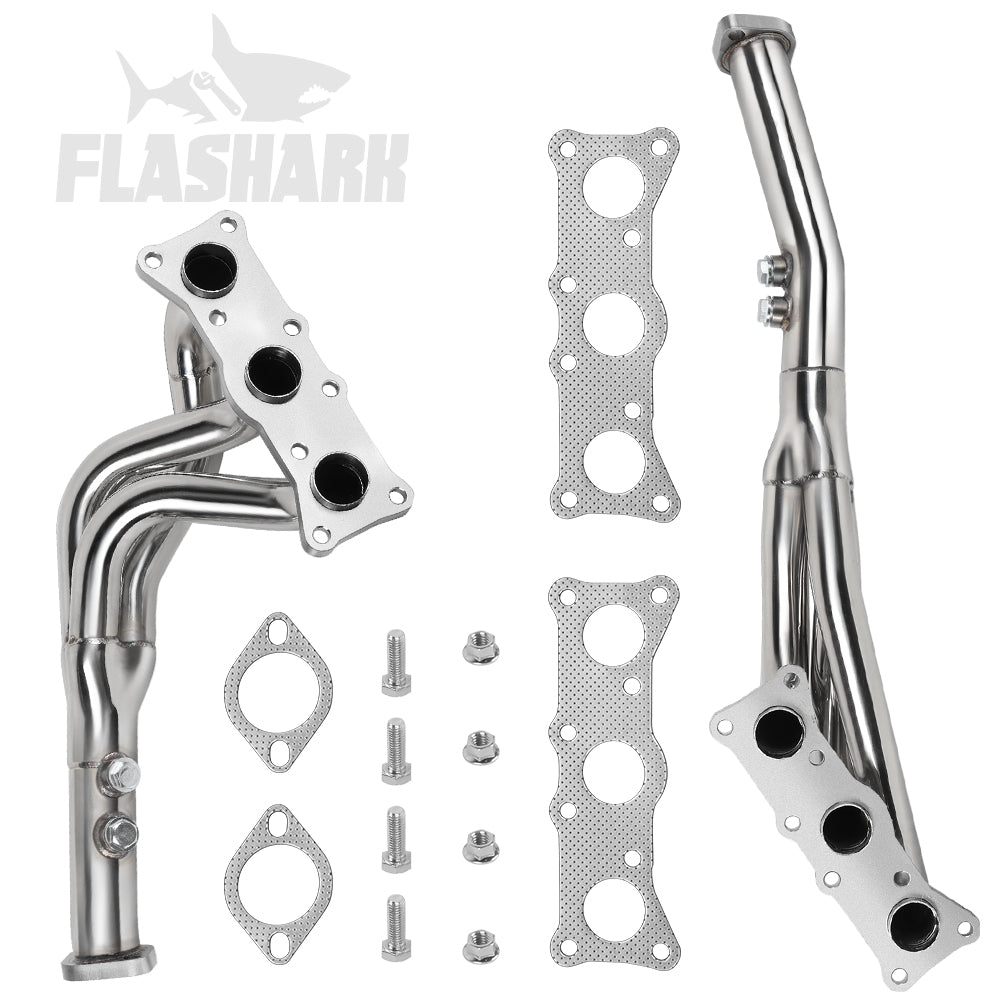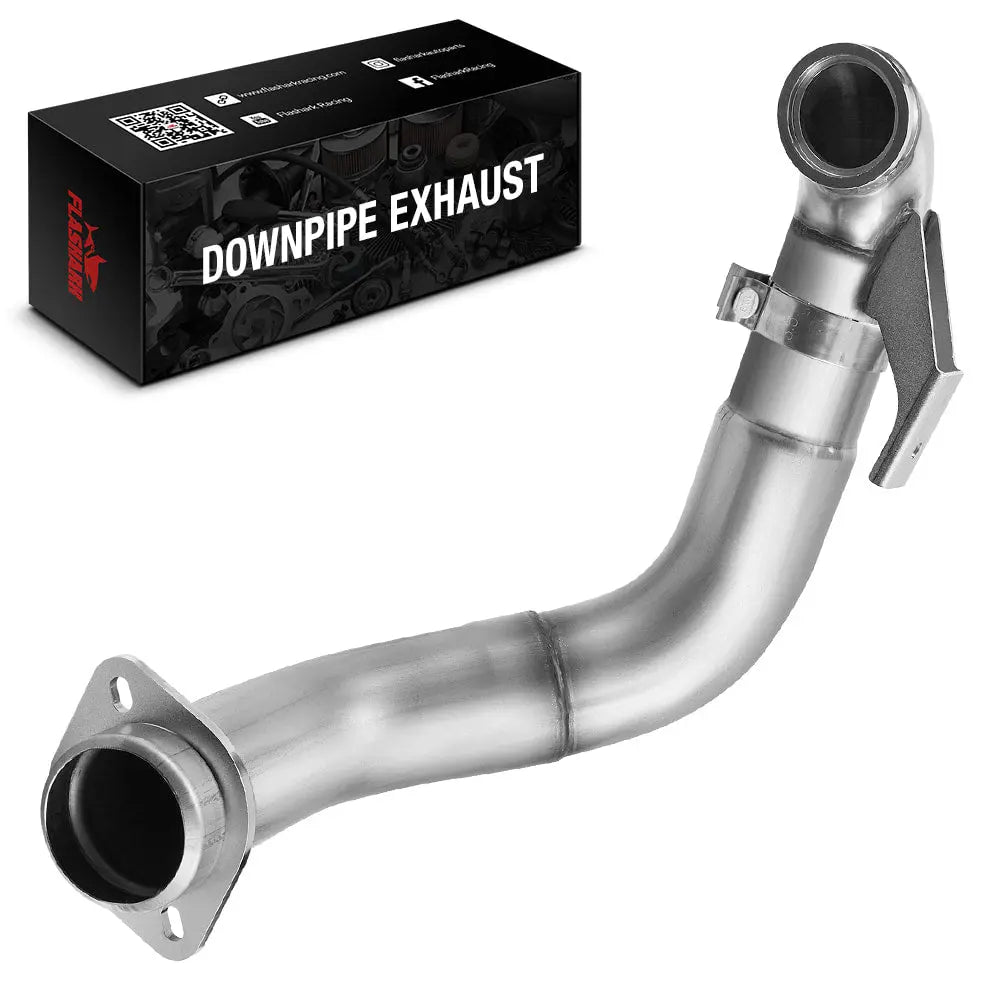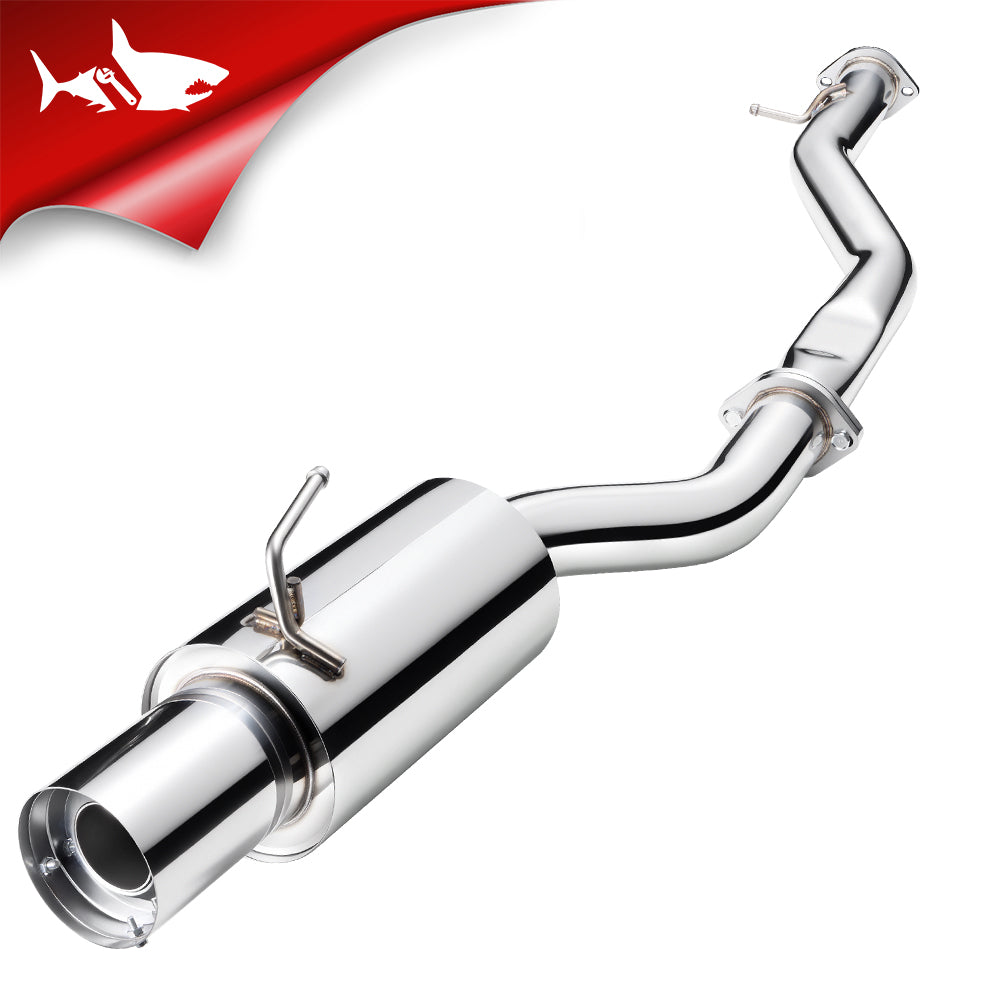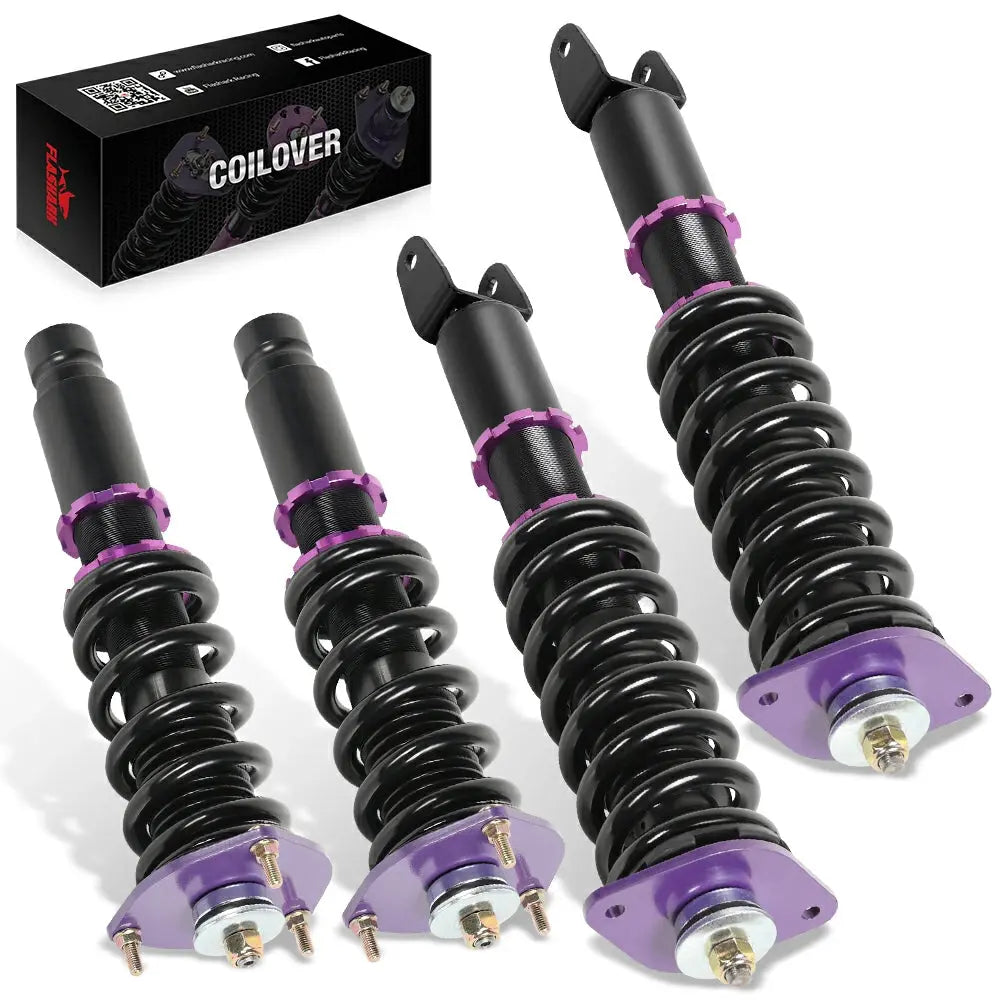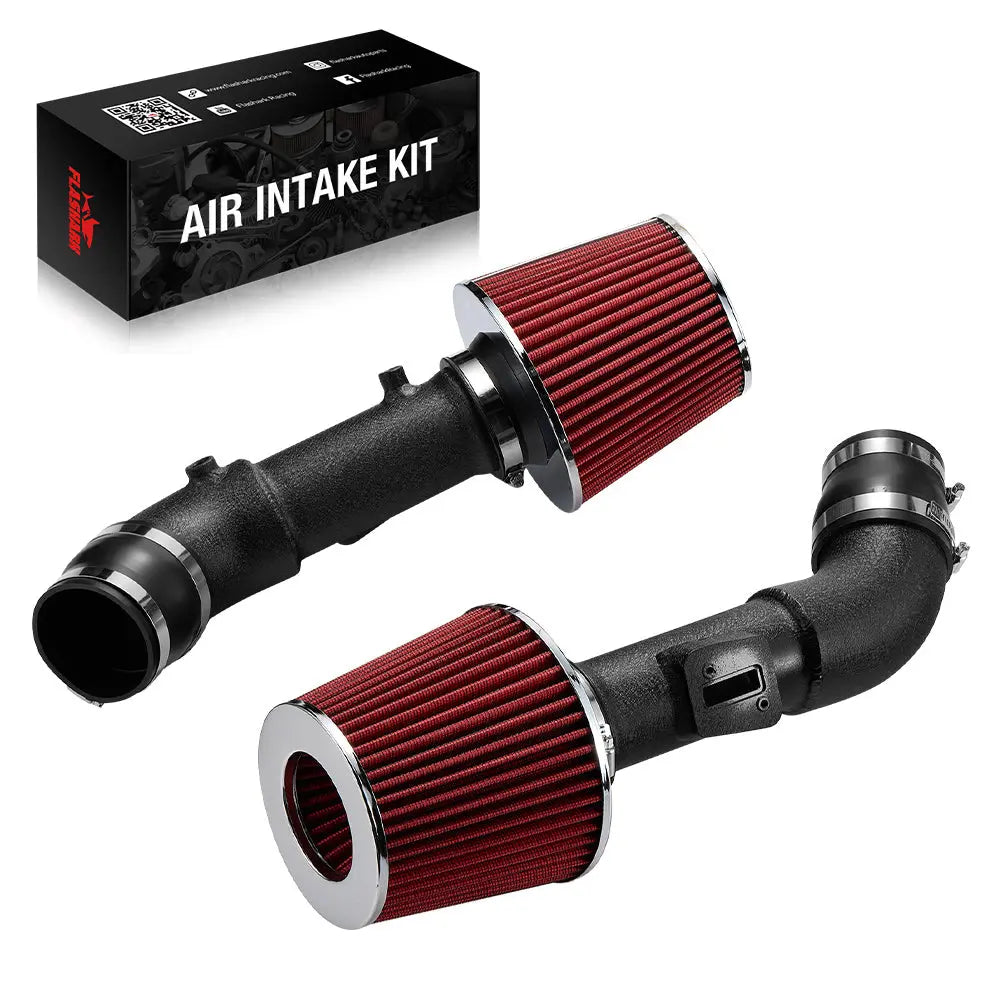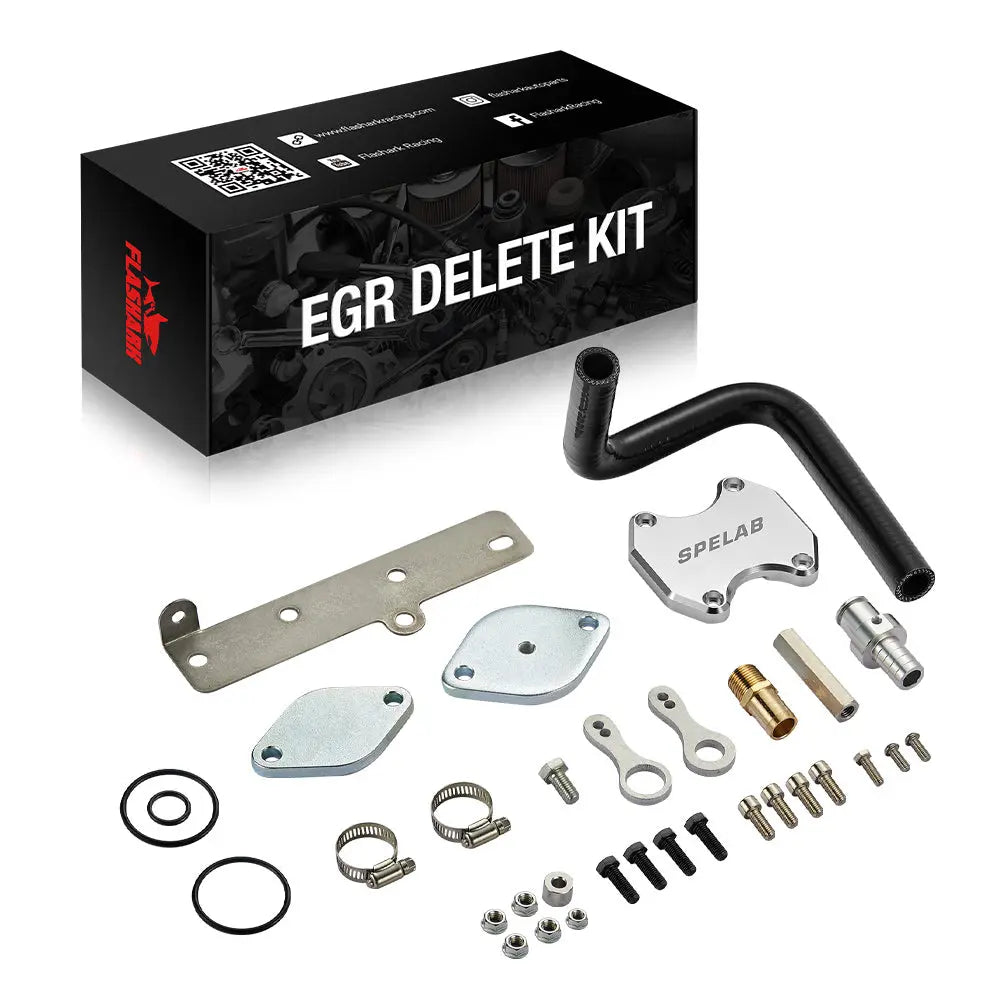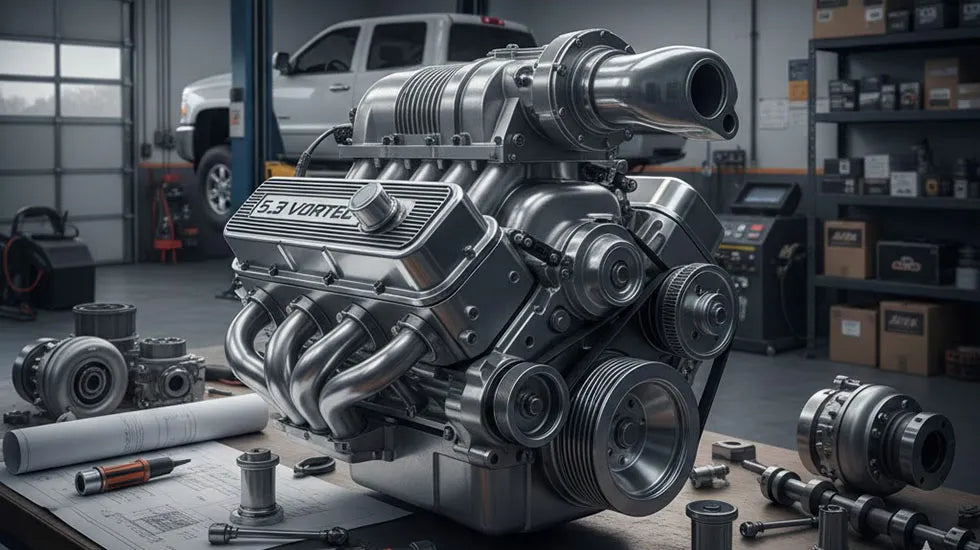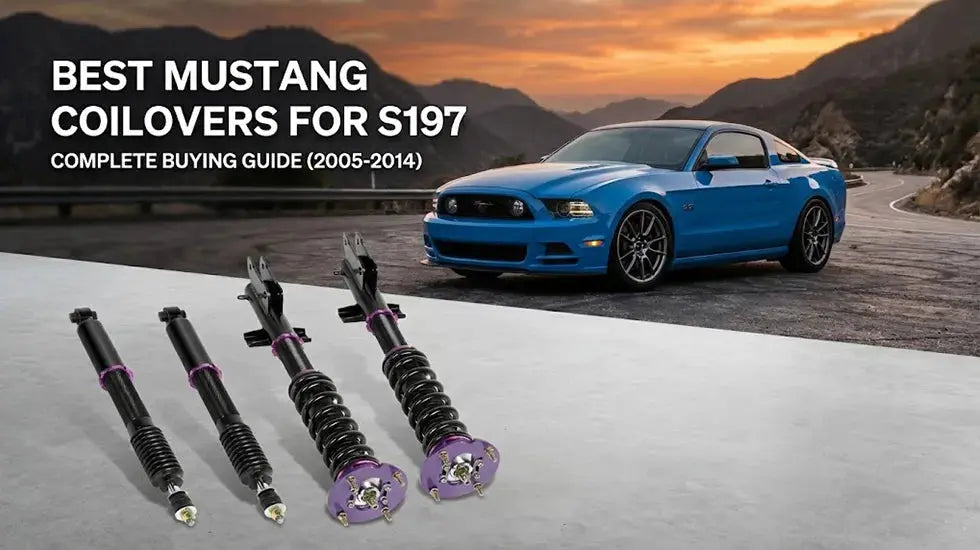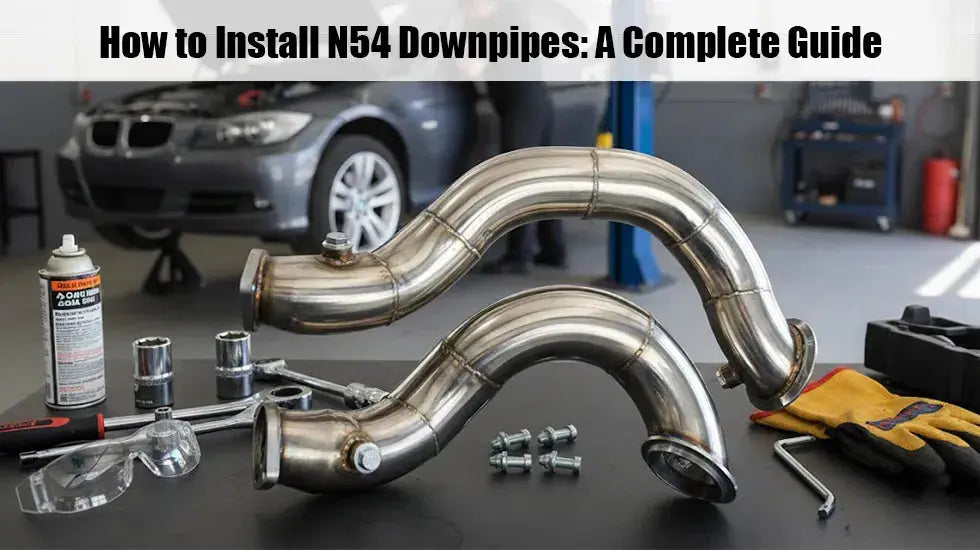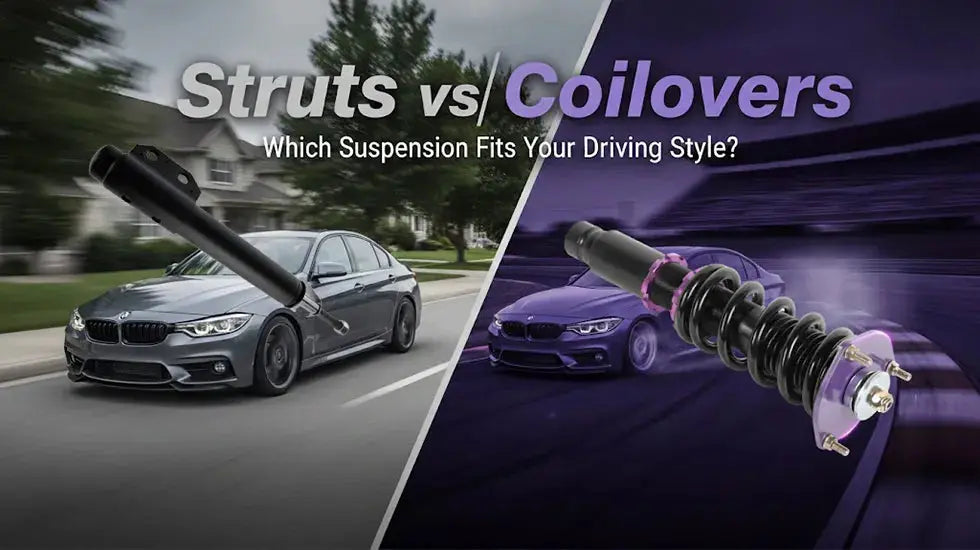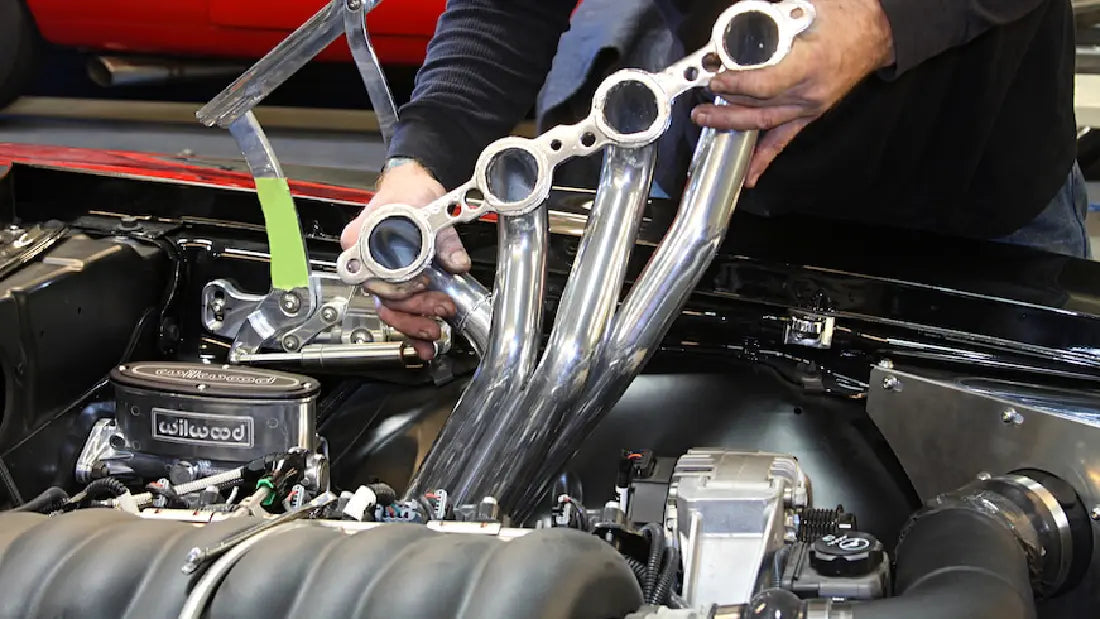¿Tienes coche? ¿Entiendes cómo funciona? No el Acelerador/Freno/Embrague (ABC), sino lo que ocurre bajo el capó. Apuesto a que la mayoría no lo sabe.
A la mayoría de la gente le encanta conducir coches de alto rendimiento y que otros los modifiquen. No todos los entusiastas de los coches son genios técnicos ni mecánicos expertos. Aunque no seas un genio técnico, probablemente hayas oído hablar de cosas como turbos, supercargadores y bajantes.
Estos son componentes que se utilizan principalmente en coches de alto rendimiento. De todos ellos, quizás el más comentado sea el tubo de escape . No en vano, el tubo de escape es una parte tan integral del sistema de escape.
Hoy en este artículo vamos a discutir toda la información relevante sobre los bajantes.
¿Qué es un bajante?
Un tubo de escape es simplemente un tubo ubicado en la parte delantera del conjunto de escape. Conecta el motor con el sistema de escape principal. Sin embargo, a diferencia de los demás tubos convencionales, este está especialmente diseñado para motores turboalimentados.
Este tubo no se encuentra en coches convencionales. Suele instalarse como componente de posventa en lugar de un componente de fábrica restrictivo. Su función principal es canalizar eficientemente los gases de escape fuera de la carcasa de la turbina del turbocompresor.

¿Qué hace un bajante?
Un turbocompresor es un motor potente que produce una gran cantidad de gases de escape. Una tubería normal no puede soportar el calor excesivo ni la cantidad de gases que produce un motor turbocompresor.
El tubo de escape está diseñado para canalizar los gases de escape a alta presión rápidamente y sin interrupciones, aprovechando al máximo la energía. Al no restringir el recorrido del escape, el turbocompresor gira con mayor libertad, mejorando el tiempo de respuesta y la entrega de potencia.
La mayoría de los coches que salen directamente de la concesionaria vienen con un OEM (Fabricante de Equipo Original). Este OEM cumple con las normas de emisiones y otras normas vehiculares, lo que hace que los coches sean inherentemente restrictivos. Esto significa que el coche no ofrecerá el máximo rendimiento, incluso si el motor lo permite.
¿Y cómo lo hacen? Incorporando un convertidor catalítico al tubo de escape. Si bien los convertidores catalíticos desempeñan un papel crucial en la reducción de emisiones nocivas, también obstruyen el flujo de escape. Estas obstrucciones ralentizan el turbo, lo que provoca retrasos en la entrega de potencia.
Por otro lado, los bajantes de escape de repuesto suelen llevar convertidores catalíticos de alto flujo o están diseñados para funcionar sin ellos. Puedes encontrar el que mejor se adapte a tu tipo de coche y a tus necesidades de rendimiento.
Beneficios de actualizar su bajante
El primer paso para mejorar el rendimiento del vehículo suele ser la optimización de la ECU. El siguiente paso es actualizar el tubo de escape. Esto es lo que se consigue al actualizar los tubos.
- Mayor potencia : La estructura curva de la mayoría de los bajantes de alto rendimiento está optimizada para minimizar la turbulencia y permitir un mayor flujo de gas. Esto permite que el motor respire mejor y, por lo tanto, genere más potencia.
- Flujo mejorado : El diámetro de los tubos de escape del mercado de accesorios es mayor en comparación con los de fábrica. Este paso más amplio mejora el flujo del escape, lo que proporciona un funcionamiento más suave y eficiente del motor. Este cambio también contribuye a reducir el retraso del turbo, definido como el tiempo transcurrido entre que se pisa el acelerador y el arranque del turbocompresor.
- Mejor sonido : en términos generales, un tubo de escape de alto rendimiento mejorará significativamente el sonido de escape de su automóvil.
- Material de alta calidad : estos bajantes suelen estar fabricados con materiales de alta calidad, como acero inoxidable, que puede soportar temperaturas muy altas, por lo que son sólidos y duraderos.
Explicación de los tipos de bajantes
Cada componente del sistema de escape, incluido el tubo de escape, ofrece diversos diseños para satisfacer diferentes necesidades de rendimiento y configuraciones del vehículo. Estos son algunos de los más populares.
Brida con tubo simple
Similar a su nombre, este bajante cuenta con una brida soldada a un tubo recto. Es uno de los tubos más populares, ya que es más económico y fácil de instalar que otros diseños. Sin embargo, su simplicidad a veces puede limitar la eficiencia del flujo de escape en aplicaciones de alto rendimiento.

Boca de campana
Si busca el máximo rendimiento sin grandes modificaciones, este tubo de escape es ideal. Cuenta con una amplia abertura de campana en el extremo. Su diseño facilita el flujo de los gases de escape, reduciendo la turbulencia y la contrapresión.

Boca de campana dividida
Este es similar al bajante acampanado, excepto que tiene dos aberturas divididas por un divisor en el centro. Lo mejor de este tubo es que se puede ajustar el divisor para separar los conductos de escape de la turbina y la válvula de descarga en canales individuales.
Wastegate divorciado
Se podría decir que esta es una versión mejorada del tubo de escape acampanado. Este tubo de escape cuenta con dos aberturas que mantienen los gases completamente aislados hasta su salida. Esto reduce la contrapresión y mejora la respuesta del acelerador.

Ahora bien, el diseño es solo una parte del rompecabezas. El material utilizado para fabricar el bajante también influye de igual manera en el rendimiento, la durabilidad y el peso. Las dos opciones más populares son las piezas fundidas y las tuberías conformadas.
Las piezas fundidas ofrecen a los fabricantes más opciones para diseñar bajantes complejos. Además, suelen ser muy resistentes al calor y a la tensión. El único problema es que las piezas fundidas son más pesadas que las tuberías conformadas y el proceso de fundición es costoso.
Por otro lado, el proceso de conformado de tubos moldeados suele ser rentable y sencillo. Además, son más ligeros que los de fundición. La desventaja es que no se fabrican con la forma deseada, ya que su flexibilidad de diseño es limitada y son más susceptibles a deformarse a altas temperaturas.
Bajantes con gato o sin gato
Un convertidor catalítico es un dispositivo que ayuda a controlar la contaminación del escape. La mayoría de los autos que circulan hoy en día tienen al menos un convertidor; algunos tienen dos.
Dentro del catalizador hay metales preciosos, generalmente platino, paladio o rodio. Cuando las emisiones nocivas de monóxido de carbono, óxidos de nitrógeno e hidrocarburos pasan por el convertidor, el metal en su interior inicia una reacción química y las convierte en dióxido de carbono, vapor de agua y nitrógeno.
Ahora que conoces las funciones de un convertidor catalítico, ¿qué bajante elegirás? Ya sea con convertidor o sin él, se trata de encontrar el equilibrio entre un mejor rendimiento y el respeto al medio ambiente, o viceversa.

Si opta por bajantes sin catalizador , obtendrá un flujo de escape sin restricciones, lo que se traduce en mayor potencia y rendimiento. Sin embargo, este tipo de componentes son ilegales en la mayor parte del mundo. Por otro lado, optar por un bajante con catalizador restringe ligeramente el flujo de escape y puede provocar pequeñas pérdidas de potencia y par.
Una de las mejores opciones es instalar un bajante catalítico con convertidores catalíticos de alto flujo. Así se obtiene un mejor rendimiento sin infringir las normas.
Legalidad de los bajantes sin gato
Recomendaría un catalizador para bajantes, simplemente porque no todos los lugares permiten bajantes sin catalizador. Si retiras los convertidores en Estados Unidos, la EPA te impondrá multas cuantiosas. Dependiendo de dónde vivas en Europa, retirar el convertidor catalítico puede incluso llevarte a la cárcel.
¿Pero cómo saben que quitaste el convertidor catalítico? La mayoría de los países exigen que te sometas a pruebas de emisiones y otras inspecciones periódicas. Si no tienes convertidor, lo más probable es que no pases la prueba.
¿Cuánta potencia agrega un bajante?
Por supuesto, es bastante obvio que un tubo de escape aumenta la potencia, pero una de las preguntas más frecuentes es cuánto aumenta. Si bien no hay una respuesta exacta, la ganancia de potencia puede variar según el tipo de motor, la puesta a punto y el tamaño del turbocompresor.
Por ejemplo, un turbocompresor más grande permite un mayor flujo de aire que un turbocompresor más pequeño, agregando así más caballos de fuerza.
Hablando de promedio, un tubo de escape bien diseñado puede añadir entre 10 y 25 caballos de potencia . Además del tubo de escape, se pueden modificar la ECU, la admisión, el intercooler y el escape.
¿Un tubo de bajada hará que mi coche sea más ruidoso?
Sí, un tubo de escape de repuesto hará que el sonido del escape sea más fuerte, especialmente si no tiene catalizador. A la mayoría de los entusiastas de los coches les encantan los sonidos más fuertes, profundos y agresivos, así que si eres uno de ellos, con la siguiente mejora, te encantará.
Un tubo de escape con catalizador sería ideal para quienes disfrutan de viajes tranquilos o simplemente no quieren molestar a los vecinos. Cabe destacar que no todos los autos producen el mismo sonido, incluso si tienen el mismo tubo de escape. El sonido puede variar según la configuración del escape, el silenciador y los resonadores adicionales.
¿Deberías comprar un bajante?
La respuesta es no si tienes un coche de aspiración natural. ¿Por qué? Porque los tubos de escape no encajan en el sistema de escape. Si tienes un coche turboalimentado, piénsalo dos veces, ya que podría beneficiarte o no de la mejora.
Si posee un automóvil turboalimentado de nuevo modelo, entonces la instalación de un tubo de bajada no es la actualización adecuada porque la mayoría de los modelos más recientes vienen con mayor potencia y rendimiento.
Por el contrario, si usted posee un automóvil antiguo con turbocompresor, o desea llevar su automóvil deportivo a las carreras, un nuevo tubo de escape puede mejorar su potencia.
Además, tenga en cuenta que el tubo de escape estándar de los deportivos suele ser de excelente calidad. Es su decisión si está satisfecho con los materiales del escape o si desea modificarlos para obtener un impulso adicional.

